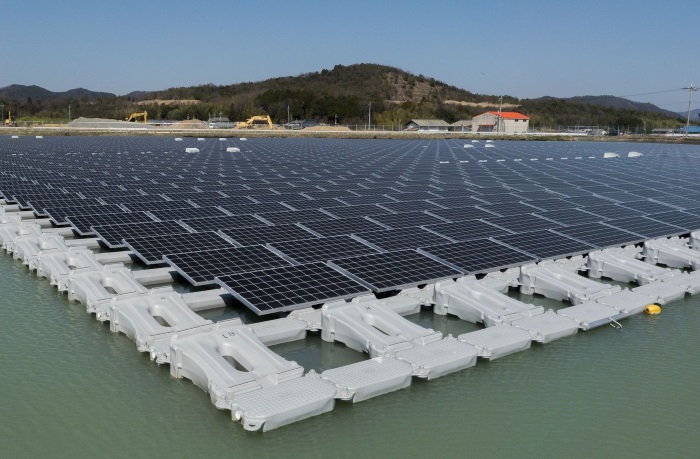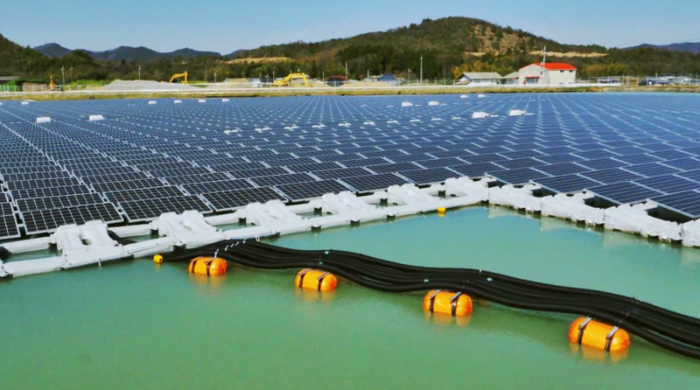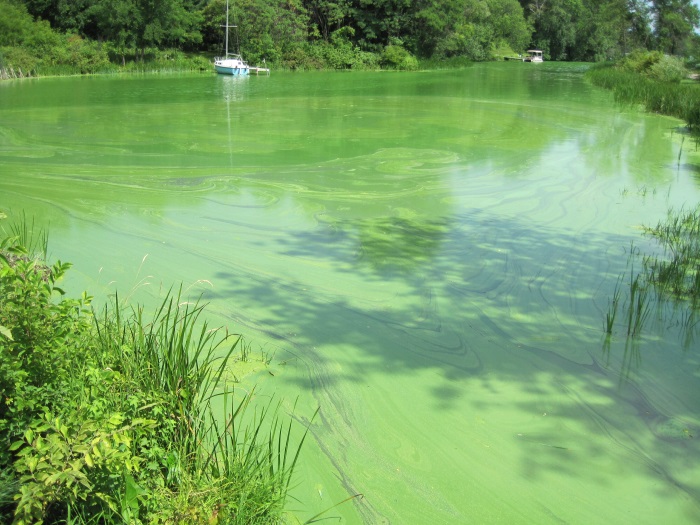A major alternative energy project that was started half-a-year ago is complete, as Japan has officially turned on two floating solar power plants in two reservoirs in Kato City, an area located in the Hyogo Prefecture.

The project is a joint venture between Kyocera and Century Tokyo Leasing, the latter of which is responsible for equipment leasing.
The plants, located on the Nishihira Pond and Higashihira Pond, use 255-watt Kyocera modules, and total out at 11,256 modules as a whole. They are affixed to the pond by way of specially designed floating platforms which use high-density polyethylene, a material that can withstand ultraviolet rays and resist corrosion; in fact, they’re so durable, they’re rated to withstand typhoon conditions.
The capacity of the plant on Nishihira is 1.7MW, and the capacity on Higashihira is 1.2MW. When combined, the plants are expected to generate enough energy to power 920 households.

All generated electricity will be sold to the local utility, Kansai Electric Power, through Japan’s feed-in-tariff system, a fairly successful program that has led Japan being established as one of the world’s largest solar markets in recent years.
One of the obvious questions that comes with this program is—what’s the advantage to having a solar farm that floats? Per Kyocera, the cooling effect of the water results in more electricity being generated than its ground-mount or rooftop-based equals. Additionally, since the plants shade the water underneath, water evaporation is reduced, and algae growth is encouraged.

For a closer look at Kyocera’s floating solar power plants, check out the clip below:
Via Kyocera
Advertisement
Learn more about Electronic Products Magazine





